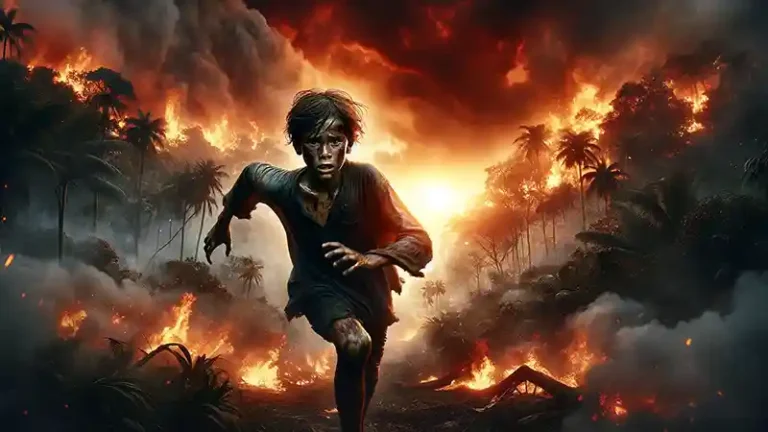Lord of the Flies Chapter 3: Psychoanalytic Lens Group Work
This lesson plan, focusing on Chapter 3 of Lord of the Flies, aims to deepen students’ engagement with the novel’s intricate psychological dimensions by employing a psychoanalytic approach. As students explore the text, they will respond to thought-provoking questions that challenge them to consider the subconscious influences and internal conflicts within the characters. This exercise sets the stage for an in-depth group discussion, where students will collaboratively analyze characters like Jack, Ralph, and Simon, examining their actions and interactions through the lens of psychoanalytic theory. The groups will then present their findings to the class with an informal presentation.
Learning Goals
- I will be able to analyze the evolving tension between Jack and Ralph from a psychoanalytical perspective.
- I will be able to reflect on and articulate how the introduction of the littluns alters the group dynamics on the island, and what this change reveals about the unconscious minds of the older boys.
- I will be able to effectively present my findings and insights to the class.
Materials
LotF Digital Copy
LotF Audio Chapter 3 (19:57)
- Chart Paper
- Markers
Process
- Go through the questions for Chapter 3 of Lord of the Flies first. Explain that they will be looking and presenting information from 2 or 3 questions to the class.
- Read Chapter 3.
- As students read, encourage them to add a few more island details to the chart.
- In groups, students should follow the instructions below.
Group Work Instructions
- In groups of (about) 4, discuss up to 3 different “questions to consider.”
- Put some point form notes on a piece of chart paper.
- Present your findings to the class.
Questions to Consider
- Analyzing Jack and Ralph’s Tension: From a psychoanalytical perspective, examine the evolving tension between Jack and Ralph in this chapter. Consider how their inner desires and fears contribute to their conflict.
- Power and Control through a Psychoanalytic Lens: How do the characters’ unconscious motivations and desires influence the theme of power and control in this chapter?
- Impact of the Littluns on Group Dynamics: Reflect on how the introduction of the littluns alters the group dynamics on the island. What does this change reveal about the unconscious minds of the older boys?
- Simon’s Psychological Significance: What does Simon represent from a psychoanalytical standpoint? Consider his actions and interactions with others in this chapter.
- Psychoanalytical Understanding of Character Behavior: How does applying a psychoanalytic lens enhance our understanding of the characters’ behavior in this chapter? Focus on their internal conflicts and unconscious motivations.
- Civilization vs. Savagery and the Unconscious Mind: Explore how the conflict between civilization and savagery in this chapter reflects the characters’ inner psychological struggles.
- Symbolism of “Huts on the Beach”: In the context of psychoanalytic theory, what does the title “Huts on the Beach” symbolize about the characters’ mental states or the overall theme of the chapter?






